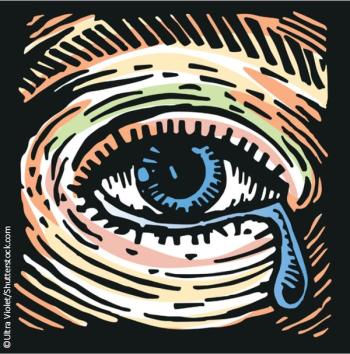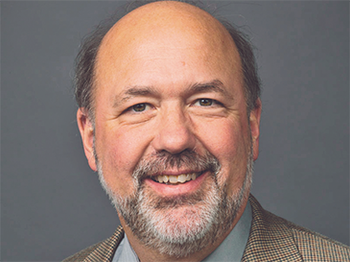
The National Alliance on Mental Illness (NAMI) is a one-of-a-kind nonprofit that is here for your patients and their families, no matter where they are.

The National Alliance on Mental Illness (NAMI) is a one-of-a-kind nonprofit that is here for your patients and their families, no matter where they are.

The recognition of a wide range of traumatic experiences-physical or sexual assault, motor vehicular accidents, natural disasters, terrorism-has implications for understanding the vulnerability to vicarious trauma inherent in a clinician’s practice.

New research highlights the potential benefits and detriments of treatment strategies for ADHD, including both pharmacological and nonpharmacological options.

Today, 25 years after the Lorena Bobbitt trial, the case has gained a renewed interest. A look back shows how far we have-and haven’t-come in conceptualizing sexual violence.

The novel combination drug is designed to mitigate the weight gain associated with olanzapine.

A climate change and mental health pioneer goes down memory lane with the Times.

Doing a review of systems wasn’t “rocket science,” as they say-but it was a classic example of medical science and of why psychiatrists are physicians first.

This CME discusses what is known about the pathology of tardive dyskinesia, the risk factors for the disorder, assessment of patients with movement disorders, and diagnosis and treatment.

Words have power. These include the power to heal, especially words spoken by physicians, mental healers in particular-psychiatrists.

Congratulations and kudos to Dr Richard M. Berlin, whose poem “Eye Contact” was chosen to be included in the 2019 Hippocrates Prize Anthology.

A ghostly glow frames the face of a man with nothing to hide...

Migrant children were being endangered, with potentially devastating effects on their mental health and development, and we requested policy changes.

Medical professionals don’t want to prescribe too many pain killers, which may contribute to the epidemic of opioid misuse, yet they don’t want patients to needlessly suffer.

Each moment of each day we make choices that can affect our brain health-our challenge is, without judgment, to increase the choices that promote a healthy brain.

Protein insolubility has been found to occur in a subset of patients with schizophrenia.

The first therapy to target the primary mechanism of the disease is safe and well tolerated, say study investigators.

A penetrating, deep, and intrepid exploration of Szasz’s oeuvre, and the indelible impact he has had on the practice of psychiatry, in this country and abroad.

The fallout from burnout: alcohol dependence, binge eating, sleep disorders, and general ill health.

Hearing loss before the development of language has a major impact on communication, identity, and social development, as well as how mental health symptoms present.

Pharmacogenetic testing can provide helpful guidance in the choice of treatment and should be interpreted as a decision-support tool to assist in thoughtful implementation of good clinical care.

Anxiety disorders are highly prevalent in the general population, particularly in those with medical illnesses such as diabetes.

These thumbnail sketches of the articles in this Special Report produce an impressionistic sketch of the meaning of the word complicated in psychiatric practice.

While conversational agent technology is growing rapidly, the various technologies (chatbots) might not yet be fully equipped to help patients with clinical needs.

This book focuses on Islamophobia’s multifaceted nature, its broad and specific clinical challenges, and its connections with the current political realities of a convulsed world.

This new FDA order now allows patients who need and want ECT, as well as practitioners who perform it, to breathe a sigh of relief.

The pleasures of a story unfolded serially are ancient and ubiquitous.

The counseling environment is regarded within clinical literature as having an effect on a patient’s sense of well-being.

This CME discusses the opioid-like effects of loperamide and kratom and raises awareness of potential dangers associated with use.

Atypical antipsychotics play an important role in acute bipolar depression and mixed states, but one is an especially researched option for children.

An impressive and ever-expanding research literature exists on the topic of pharmacogenomics. Despite this, only four genes have been vetted as clinically actionable.